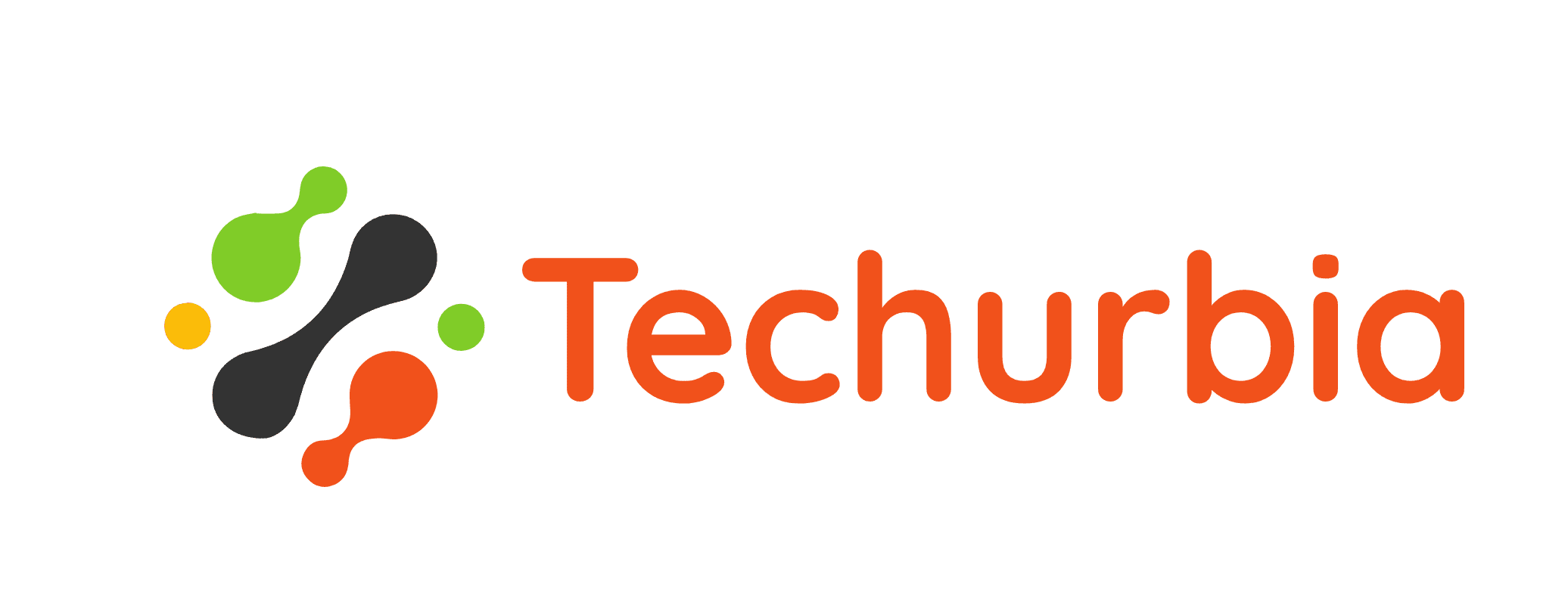ChatGPT, the viral conversational AI system from OpenAI, is receiving a game-changing upgrade – the ability to interpret visual information. OpenAI is rolling out image recognition capabilities that allow ChatGPT to understand the context and content of photos. This unlocks a myriad of new applications for ChatGPT across industries and daily life.
Currently, ChatGPT relies solely on textual prompts and conversations. But just as humans use vision to contextualize information, visual inputs greatly expand what ChatGPT can achieve. The AI will now be able to comprehend visual concepts like objects, facial expressions, written text, and more upon seeing images.
For education, students can submit photos of math homework problems or science diagrams, and ChatGPT can explain the concepts and provide guidance. Teachers could snap pictures of students’ work and have ChatGPT instantly grade assignments. In creative fields, designers and artists could showcase visual inspirations to brainstorm ideas with ChatGPT. For accessibility, those with visual impairments could send images to ChatGPT and receive detailed audio descriptions of the contents.
In healthcare, doctors could share medical images like x-rays or MRI scans, and ChatGPT could assist with analysis to spot anomalies. At home, users could take photos of appliances, electronics, or damages and ask ChatGPT for repair instructions. For cooking, images of recipe steps or ingredients could help ChatGPT provide guidance and adjustments. In retail, shoppers could share clothing photos to receive styling advice and recommendations from ChatGPT.
The vision capabilities also enable new ways to query ChatGPT hands-free. Users could take photos of surrounding landmarks while traveling and ask about interesting facts on the area. At stores and restaurants, quickly snapping pictures of menus or products gets instantaneous advice from ChatGPT. Moreover, real-time conversations with ChatGPT become possible by speaking questions and cues while showing relevant imagery.
On the enterprise front, businesses could integrate ChatGPT vision into workflows like document processing, search, data analysis, and more. For instance, HR could extract key information from resumes and employment forms through pictures rather than manual data entry. Sales teams could identify customer sentiment from facial expressions in video calls. The possibilities span every industry as ChatGPT merges textual and visual comprehension.
Looking ahead, combining vision alongside ChatGPT’s strong language skills provides a more complete picture of the world. Both modalities complement each other to enable ChatGPT to better understand ambiguous or novel contexts. Just as children learn through visual exposure, these new capabilities will likely improve ChatGPT’s reasoning and contextual adaptability over time.
The launch of visual intelligence marks a monumental milestone in ChatGPT’s evolution. With text, speech, and now vision, OpenAI’s creation bridges major gaps separating humans and machines. ChatGPT is on an accelerating path to being an all-purpose AI assistant that can perceive the world much like we do. The coming integration of vision heralds a new frontier in human-computer interaction powered by advancing AI.








